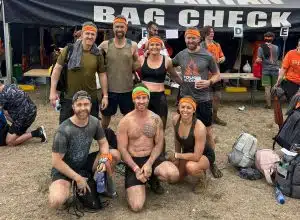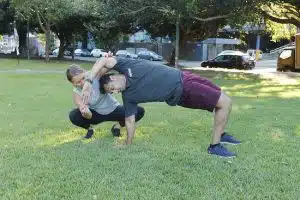In calisthenics, mobility plays a critical role in executing movements effectively and preventing injury. Whether you’re working towards mastering handstands, muscle-ups, or just aiming for better functional movement, maintaining flexibility is key. In his latest video, Nathan from Maximum Potential Calisthenics (MPC) walks us through six essential stretches that will help improve mobility for any calisthenics athlete. Here’s a breakdown of those stretches and how they can benefit you.
1. Shoulder Flexion Stretch
This stretch helps open up the shoulders, which is crucial for movements like handstands, overhead presses, and pull-ups. To perform this stretch:
- How to do it: Kneel down with your hips and knee at 90 degrees, arms extended overhead. Slowly press your chest towards the floor while keeping your arms straight.
- Benefits: Increases shoulder mobility and helps improve overhead reach, essential for maintaining proper form in handstands and other overhead exercises.
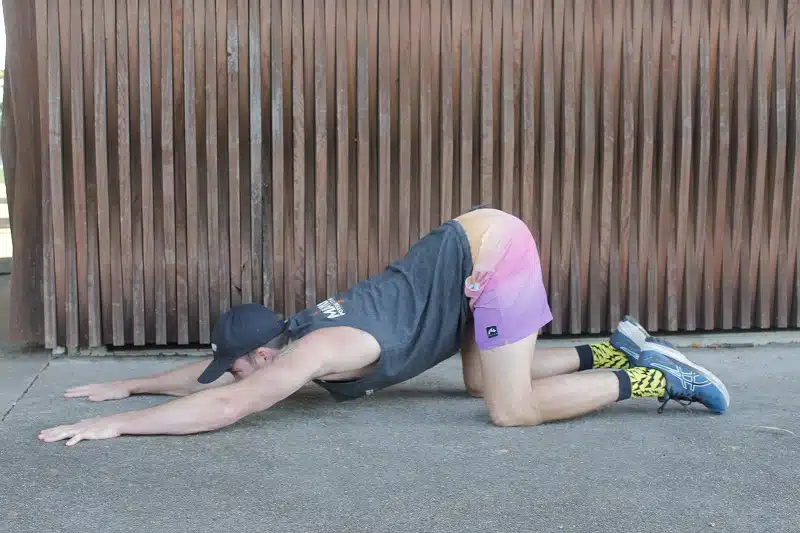
2. Shoulder Extension Stretch
Improving your shoulder extension not only enhances mobility but also strengthens your pushing movements. This stretch targets the chest and shoulders, improving your overall posture and upper body strength.
- How to do it: Sit on the floor with your hands behind you, fingers pointing backwards. Gradually move your butt further forward whilst keeping shoulder shoulders back
- Benefits: Stretches the chest and anterior shoulders, promoting better posture and pushing strength, key for exercises like dips and push-ups.
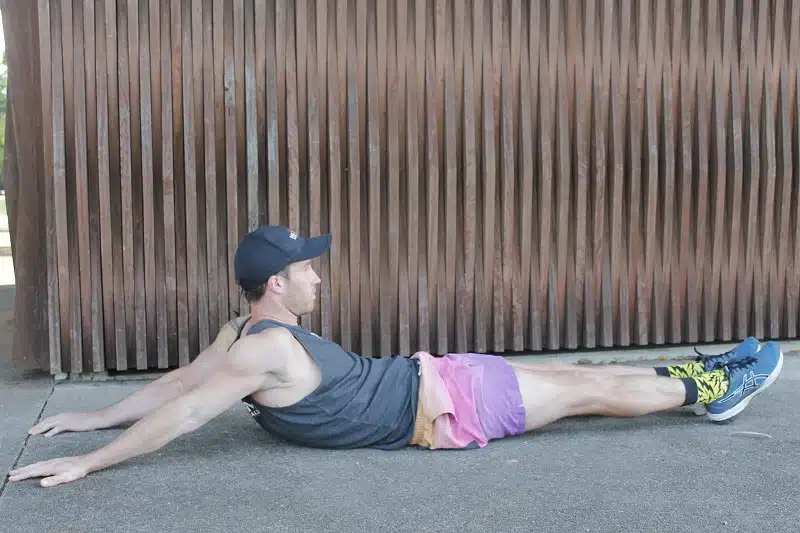
3. Seated and Lying Glute Stretches
Tight glutes can limit your ability to squat deeply and perform explosive movements. Nathan demonstrates two variations of this essential stretch—one seated and one lying down. Both are fantastic for loosening up tight glutes and improving overall hip mobility.
- How to do it (seated version): Sit on the floor, cross one ankle over the opposite knee, and pull the knee into towards your chest.
- How to do it (lying version): Lie on your back and pull one knee towards your chest while the opposite leg remains straight.
- Benefits: Improves hip flexibility and glute activation, which is crucial for deep squats, pistol squats, and dynamic movements.
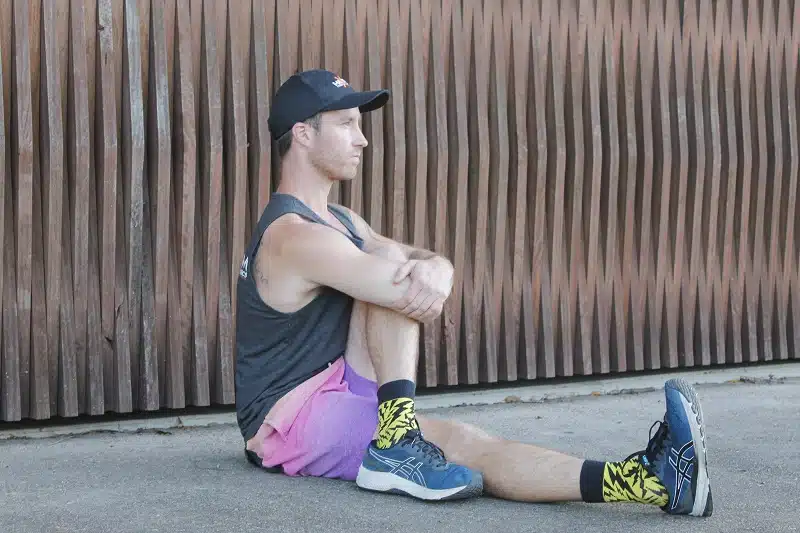
4. Pigeon Stretch
One of the best stretches for opening up the hips, the Pigeon Stretch is a staple for athletes looking to improve flexibility in the hip flexors and glutes. This stretch can help relieve tension in the hips and lower back, making it a must-do in any warm-up routine.
- How to do it: From a kneeling position place one foot in front parallel to the opposite knee. Externally rotate the hip, and push the knee towards the ground. To increase the stretch take the back knee further back.
- Benefits: Improves hip flexibility, reduces lower back tightness, and helps prevent injury in movements requiring hip mobility, such as squats and lunges.
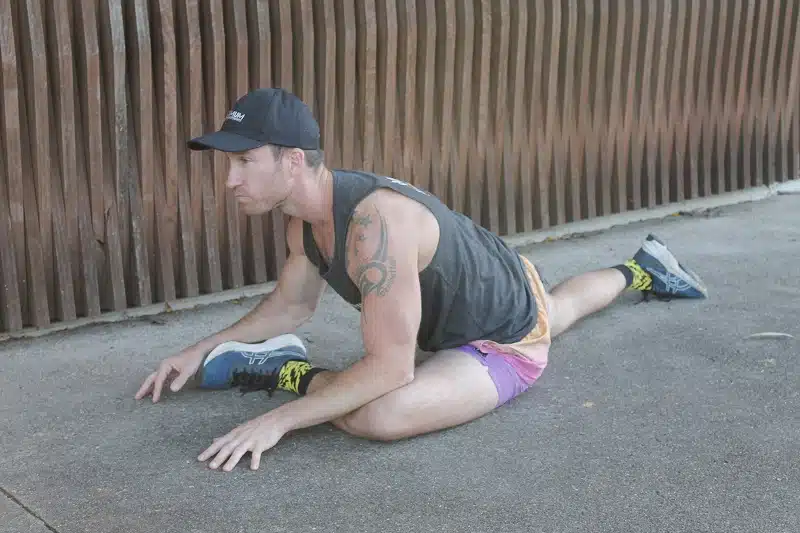
5. Cat Stretch
Borrowed from the classic Cat-Cow yoga movement, the Cat Stretch focuses on improving spine flexibility, specifically in the upper back. It’s a great way to relieve tension in your spine and prepare your body for more dynamic calisthenics movements.
- How to do it: Start on all fours, round your back as you tuck your chin toward your chest, and focus on creating an arch in your upper back.
- Benefits: Enhances spine flexibility, reduces tension in the upper back, and improves posture for exercises like front levers and back bridges.
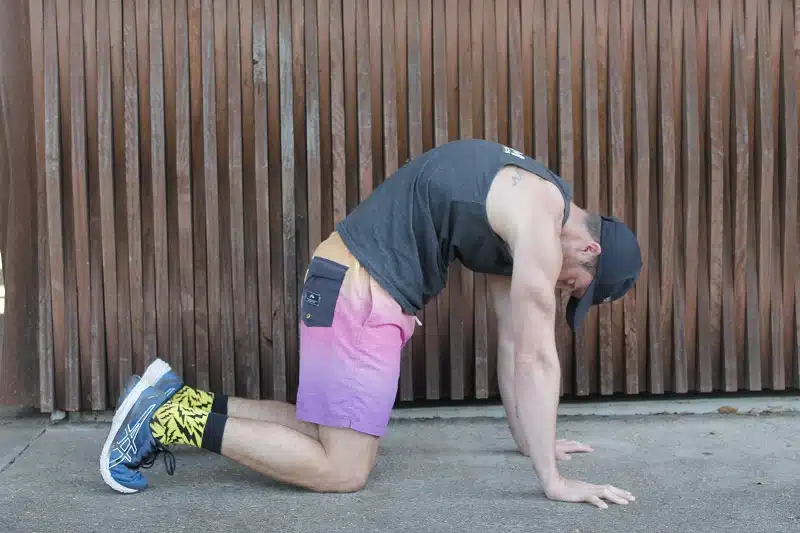
6. Lying T-Spine Rotation Hold
Mobility in the thoracic spine (upper and mid-back) is often overlooked, but it plays a significant role in balance and movement control. This stretch can be used as both a dynamic stretch or held for a more static, deeper stretch.
- How to do it: Lie on your back with arms extended to the side. Bend your knees and slowly rotate your lower body to one side while keeping your shoulders grounded.
- Benefits: Improves rotational mobility and core stability, essential for exercises requiring twisting motions or side-to-side movement, like windshield wipers or flag variations.
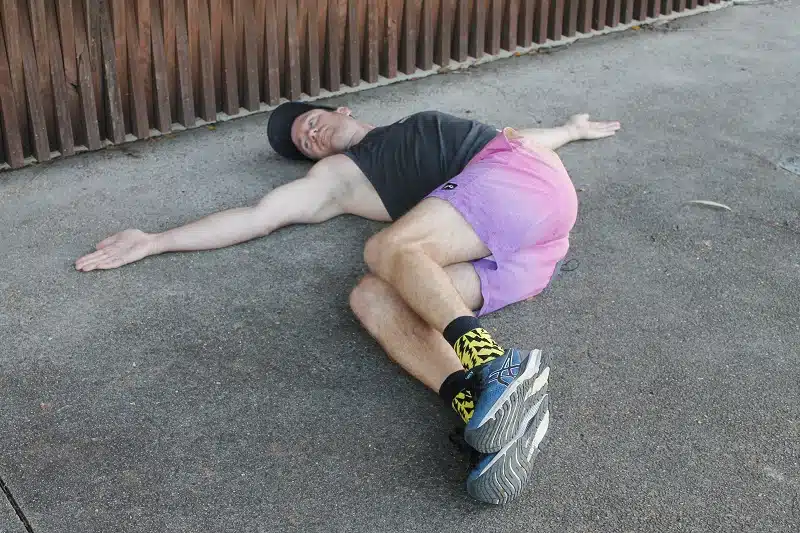
Incorporating these stretches into your routine will significantly improve your flexibility, mobility, and performance in calisthenics. By focusing on specific areas like the shoulders, hips, and spine, you’ll enhance your range of motion, making it easier to perform advanced movements while reducing your risk of injury.
Don’t forget to check out Nathan’s full video for more in-depth guidance on these stretches. Keep working on your flexibility, and you’ll notice gains in your strength, control, and overall athleticism.
Stay mobile and injury-free, calisthenics athletes!

